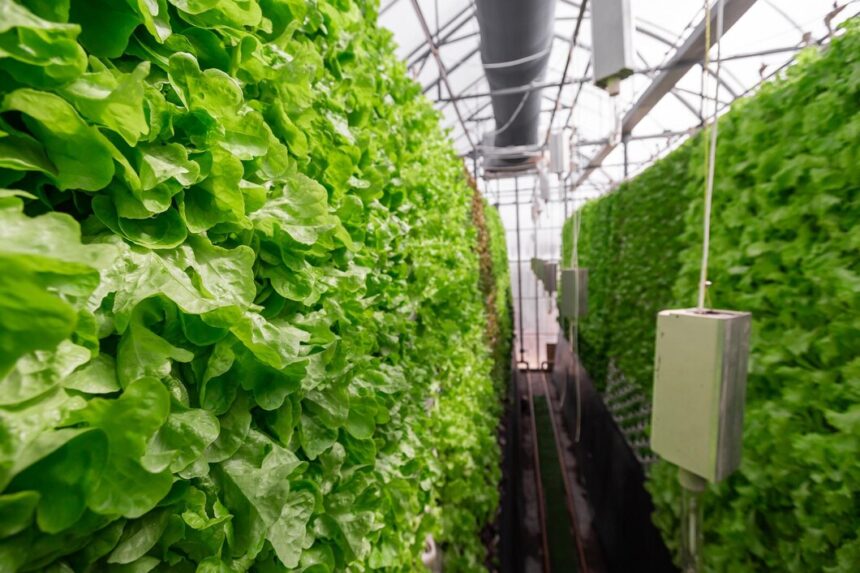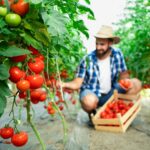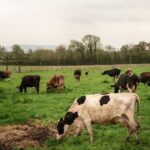Vertical farming is a revolutionary agricultural method that grows crops in stacked layers, often inside controlled environments such as buildings or shipping containers. Unlike traditional farming, which requires large tracts of land, vertical farming maximizes space by going upwards. Using techniques like hydroponics, aeroponics, or aquaponics, plants grow without soil, relying instead on nutrient-rich solutions, mist, or integrated fish systems to thrive.
This method offers several compelling advantages. It significantly reduces land use, making it ideal for cities or regions where farmland is scarce or expensive. It also conserves water, using up to 90% less than conventional farming through recycling and closed-loop systems. Because vertical farms are often indoors, they enable year-round crop production, unaffected by seasonal changes or harsh weather. They can also be located close to urban centres, cutting down transport costs, reducing spoilage, and delivering fresher produce to markets. Additionally, the controlled environment naturally limits pests, reducing the need for harmful pesticides.
However, vertical farming also comes with challenges that South African farmers must consider. The initial cost of setting up a vertical farm is high, requiring investment in technology, lighting, climate control, and infrastructure. It also demands technical expertise, which may not be readily available in all areas, especially rural communities. Energy consumption is another concern, as artificial lighting and temperature regulation can lead to high electricity costs. This is particularly relevant in South Africa, where energy reliability and pricing can be unpredictable. Moreover, not all crops are suitable for vertical farming; it works best for leafy greens, herbs, and some fruits, but not for staple crops like maize or potatoes.
Despite these challenges, vertical farming presents a real opportunity for innovation in South African agriculture. For farmers near cities or in water-stressed regions, especially those interested in high-value crops like spinach, lettuce, strawberries, or basil, this method could offer a competitive edge. Starting small, exploring partnerships with tech startups, or seeking government support could make this approach more accessible. As South Africa faces increasing pressure from climate change, urbanization, and food insecurity, vertical farming could become part of a more sustainable and resilient agricultural future. It may not replace traditional farming, but for those ready to embrace change, it offers a promising way forward.
Join 'Farmers Mag' WhatsApp Channel
Get the latest Farming news and tips delivered straight to your WhatsApp
CLICK HERE TO JOIN






